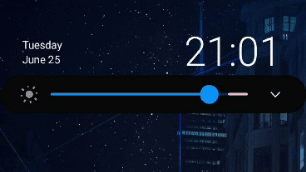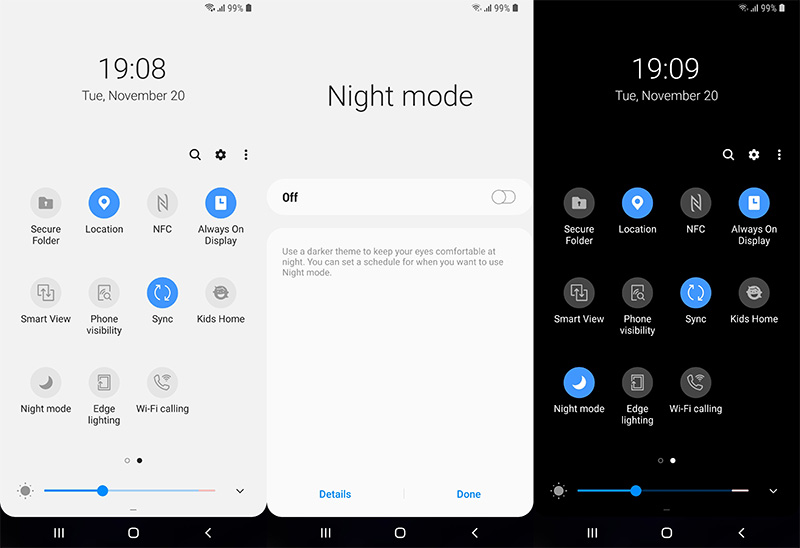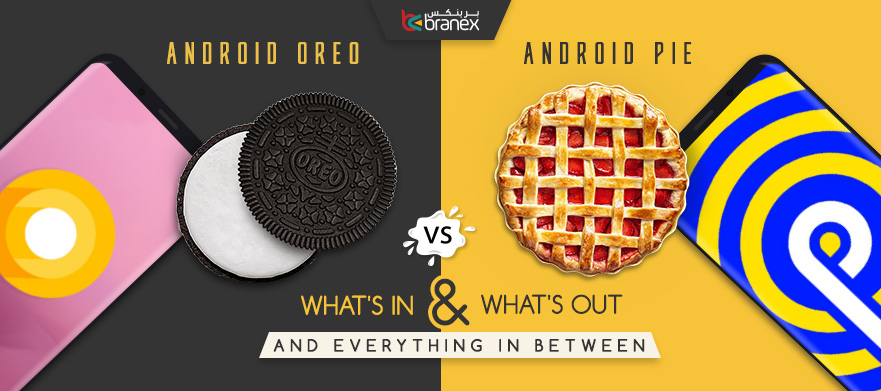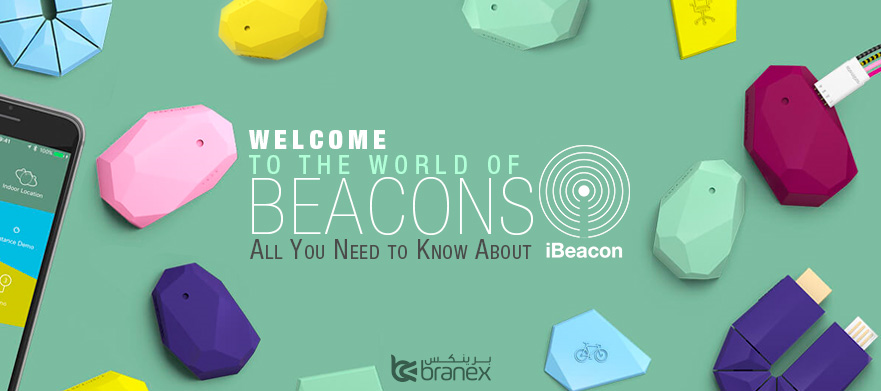There was a time when Nokia was the Goliath and was leading the pack with its Symbian OS.
It came up with quite a few exciting smartphones from its famous earth-shattering 3310 feature phone to hot cakes like its XpressMusic, E, and N series.
This was a period of great prosperity for Nokia with its consumer division enjoying a whopping half a billion phones annual sales.
Nokia was completely consumed (blinded as well) by the huge success it had achieved over the years.
Success is something that tends to make great organizations become complacent.
While Nokia was in its heyday, Apple, not a name synonymous with smartphones then, was quietly brewing a storm behind the walls of its ol’ Cupertino Campus.
And in 2007, Apple dropped the bomb by introducing its iPhone 3G and changed the way we looked at mobile devices forever.
But Apple wanted to keep control of its OS and didn’t allow other mobile manufacturers to leverage the power of iOS.
This offered a great opportunity to Google, who was also cooking Android in its kitchen.
Since Android was an open platform and offered loads of customization options, it attracted a ton of mobile phone manufacturers.
And the rest, as they say, is history.
Now Android has graduated to become one of the most popular mobile operating systems in the world and powers billions of devices including smartphones, tablets, smartwatches, and even cars.
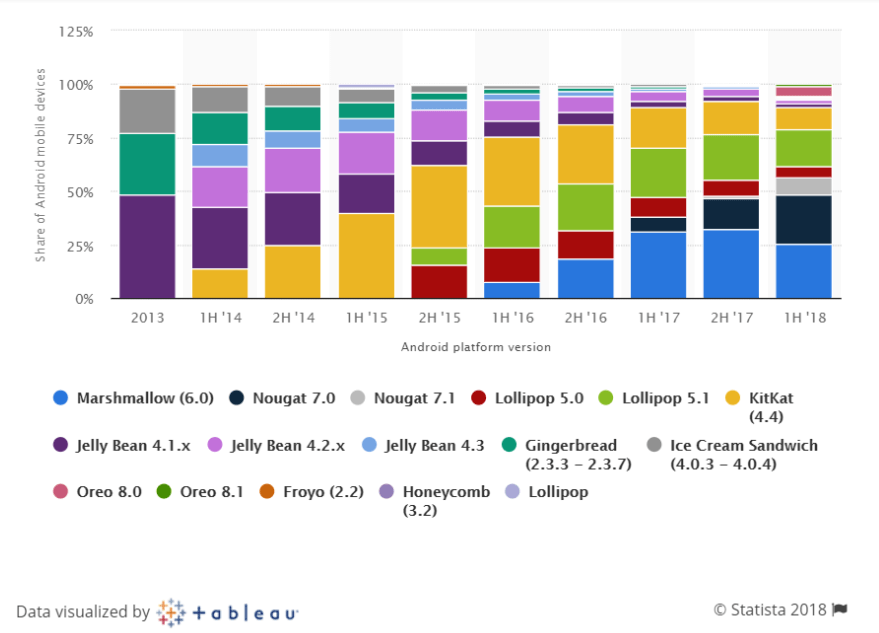
Image Source: Statista.com
Related Read: Java Vs. Kotlin – Which is the Right Option for Your Next App Development Project?
Initially, Apple iOS had the upper hand when it comes to responsiveness, thanks to Apple’s amazing hardware-software integration but Android caught up with iOS by bringing performance improvements in its newer versions.
In this article, we compare two of the latest versions of Android and see what’s gotten better or worse.
1. Aesthetics
One of the first things you will notice when comparing Oreo with Pie is aesthetics. Pie adds a little more color and curves that were absent from Android Oreo. It is by no means a drastic change but some edges have been smoothed out. Subtle differences such as colorful settings icons, changes to notification drop down and quick settings bar are a welcome addition. It looks far better than the whites of Android Oreo.
2. Battery management
Since Android Marshmallow, Google has taken battery management seriously by packing in a Doze mode, which puts your smartphone in hibernate state when it is not in use. The results are far better battery life on devices running Marshmallow and newer versions.
Android Pie introduced a new feature called Adaptive Battery. This feature tailor the operating system based on how often users use certain apps. This means that the apps you rarely use will have no or limited background permissions. Notifications from such apps will be delayed due to low priority. Android Oreo did not have this feature.
3. Brightness Controls
Another difference users will notice between Android Oreo and Android Pie is how they both handle brightness. Android Oreo brings conventional adaptive brightness mode but this mode is nothing special as most smartphones have this feature already irrespective of which version of Android operating system they are running.
Android Pie takes things up a notch by adding some smart capabilities to its adaptive brightness mode. It analyzes your usage patterns and the changes you make to brightness during different lighting conditions and maps out a custom curve. Although, that’s also a minor upgrade still it is a feature you won’t find on Android Oreo.
4. App Functionality
Android Pie allows developers to create app slices, which functions just like app action, but they can float around the Android Pie interface. Google gave the demo of this feature with the Lyft app during launch. App slices are small but meaningful bits of information that does not have to be saved in the app anymore.
Professional mobile app development companies in Dubai are taking advantage of this feature and saving user’s time. This can enhance the user experience and will give a slight edge to Android Pie over Android Oreo in the long run.
5. Artificial Intelligence and Machine Learning
The world is raving about machine learning and artificial intelligence but we have not seen its true implementation in mobile ecosystems. Both Apple and Google are slowly but surely changing that by pushing some smart features here and there. Android Pie is no exception to this rule. Unlike Android Oreo, Android Pie predicts feature you want based on your user patterns put it in front of you so you can easily use them without having to fiddle with different menus.
App actions like booking a taxi, making a call or resuming a playlist will appear depending upon the time of the day. In addition to this, you can search for these smart app actions in universal search, Google Play Store or Google Assistant, which was not possible before. The operating system learns from behavior and offers users a convenient shortcuts to get more done faster.
6. Night Mode
Android Oreo comes preloaded with a night mode that also has a blue light filter. It takes out the blue light as you near your bedtime, helping you enjoy a good night sleep. Yes, the display might have a yellowish tinge but it is far less taxing on your eyes. There is another feature called Wind Down, which takes things a step further, gray scaling the display and put your phone in “Do not disturb” mode when you reach your bedtime.
Which Android version do you prefer? Feel free to share you’re views with us in the comments section below.









